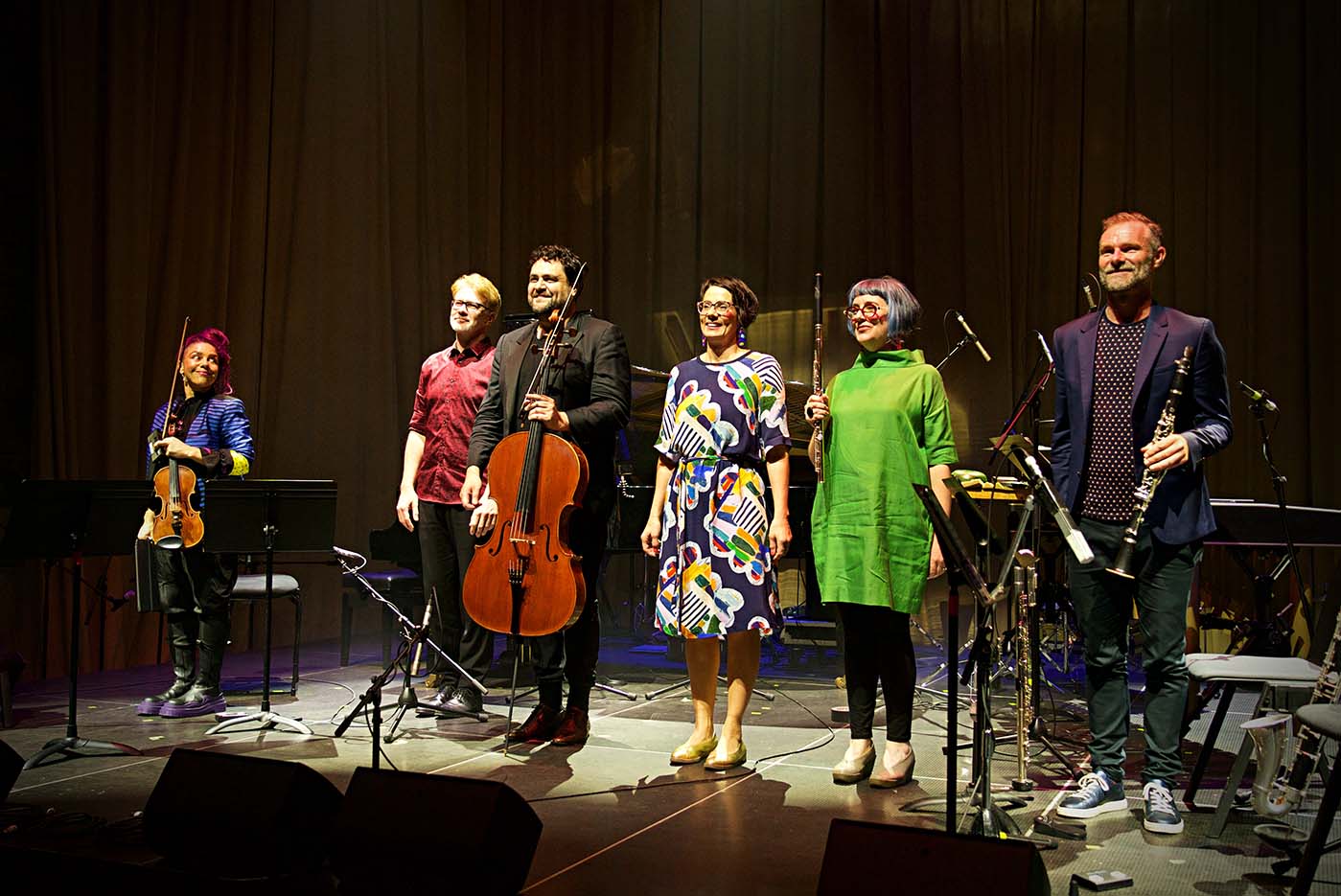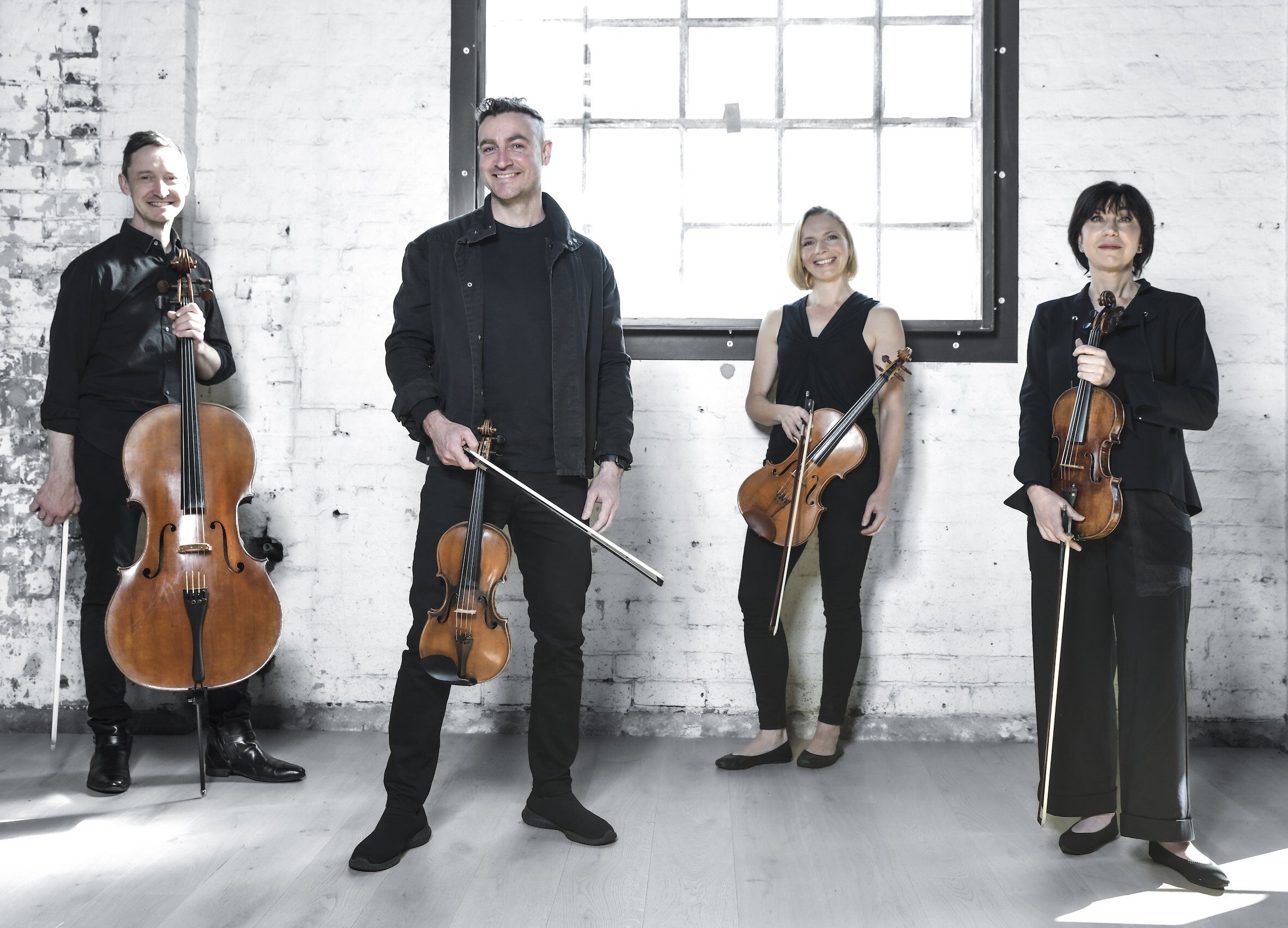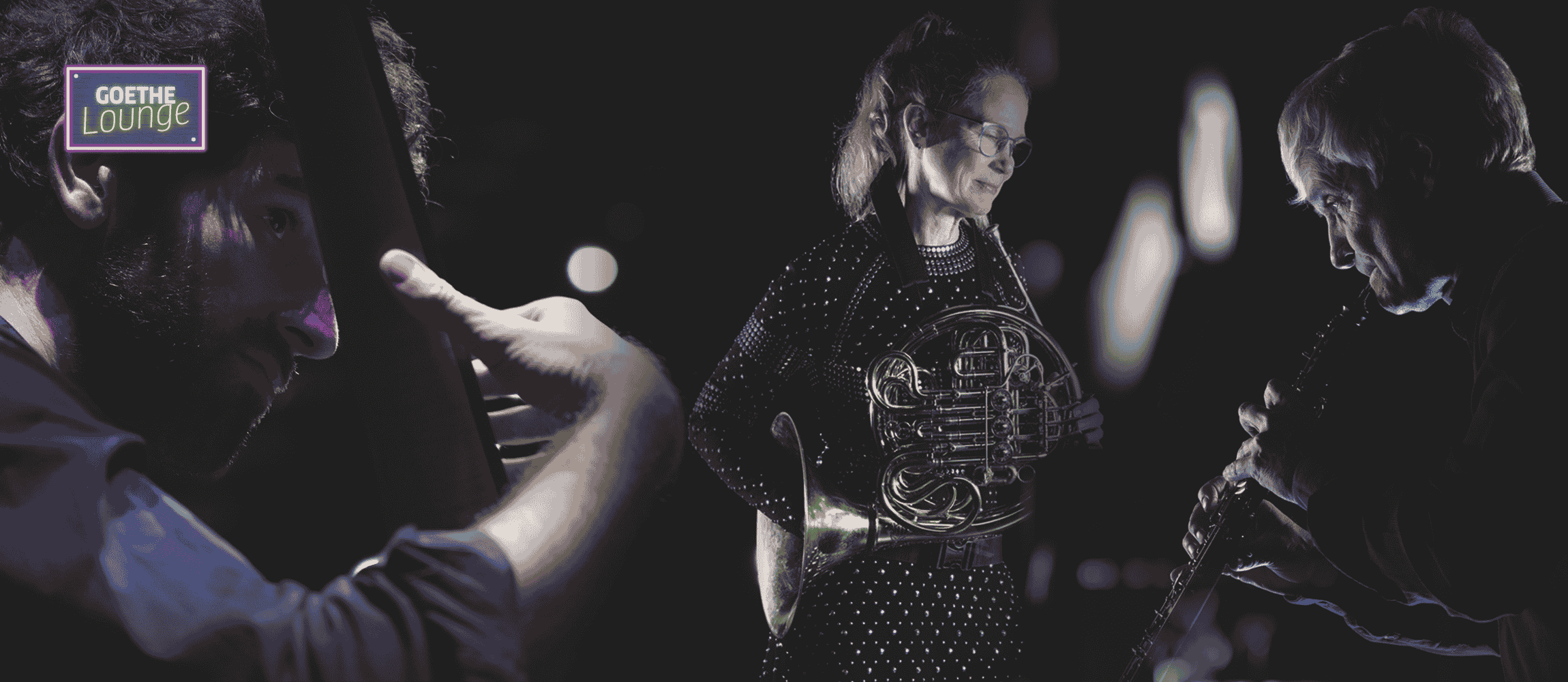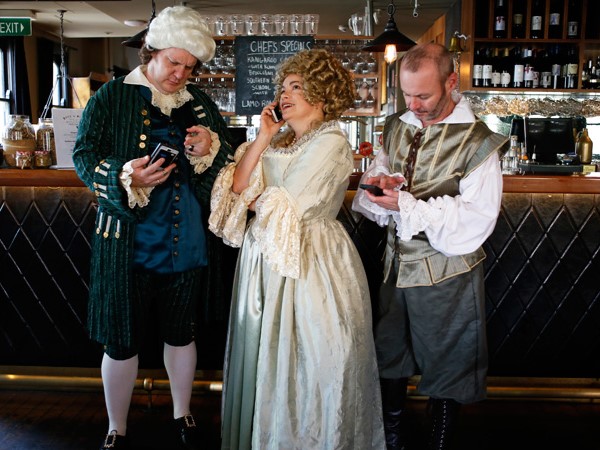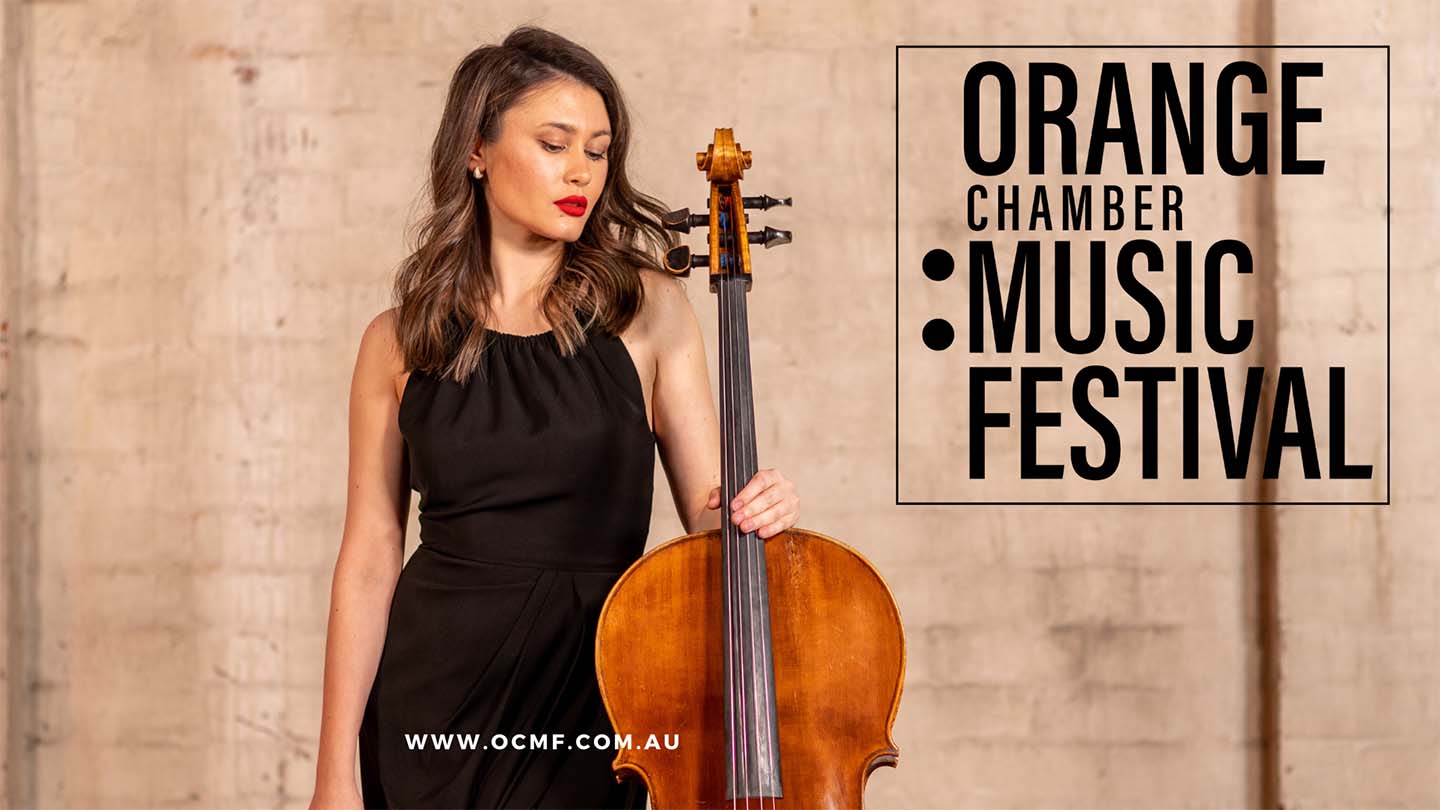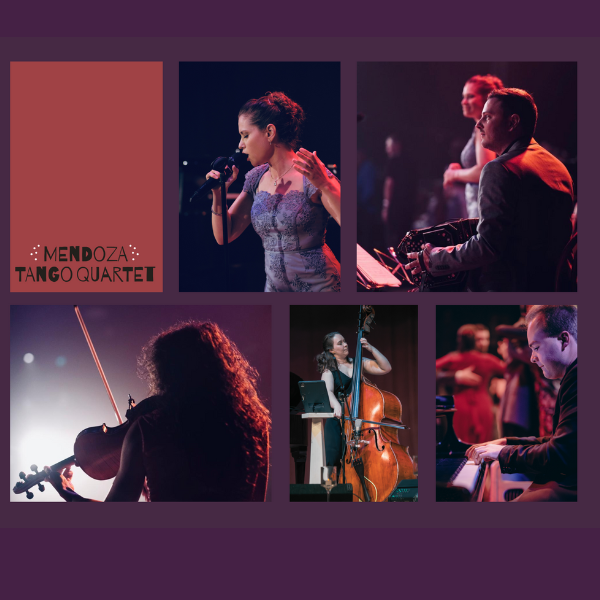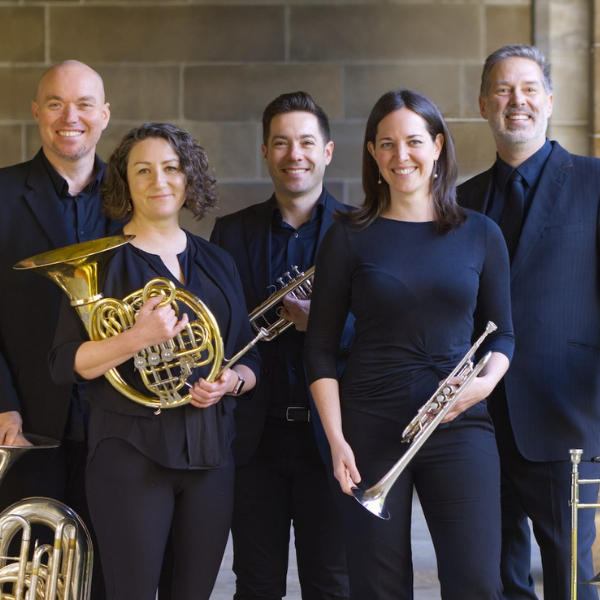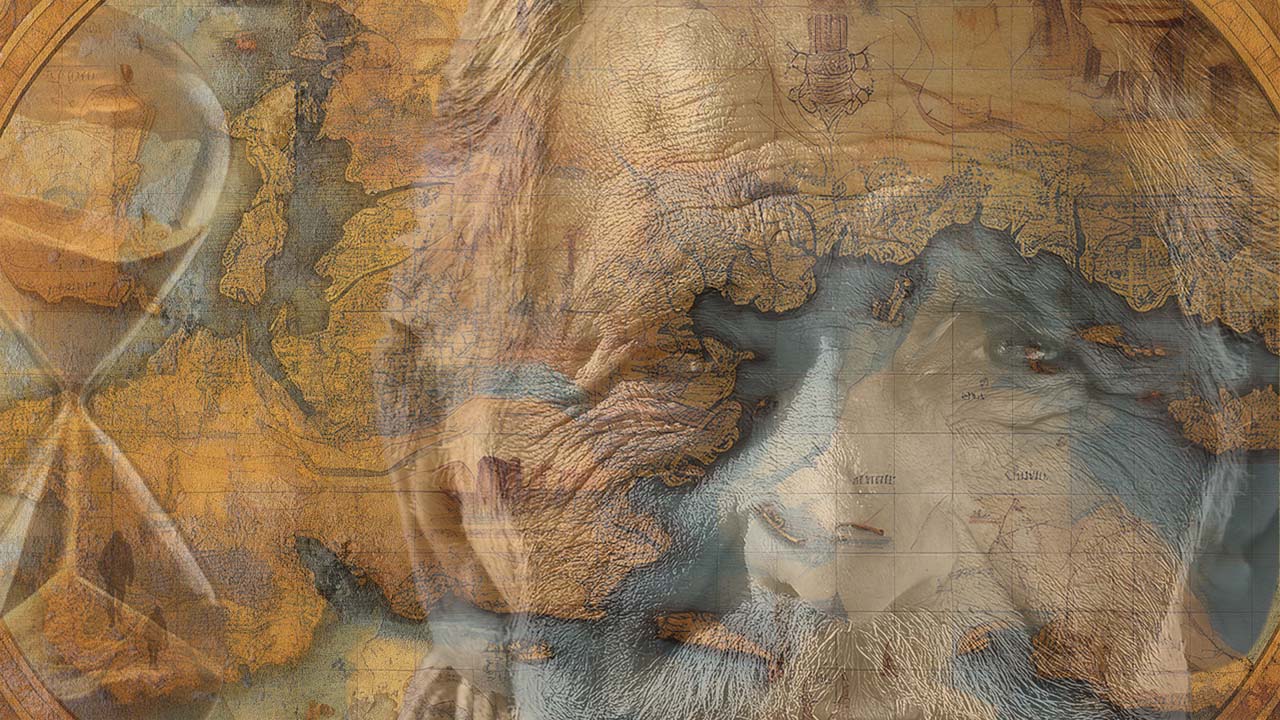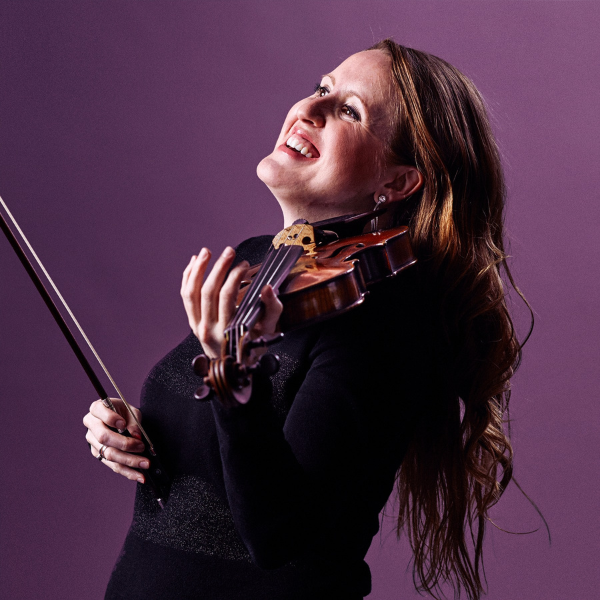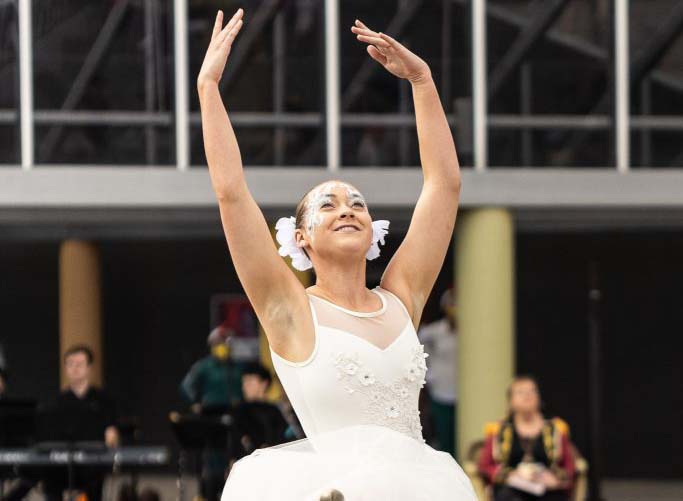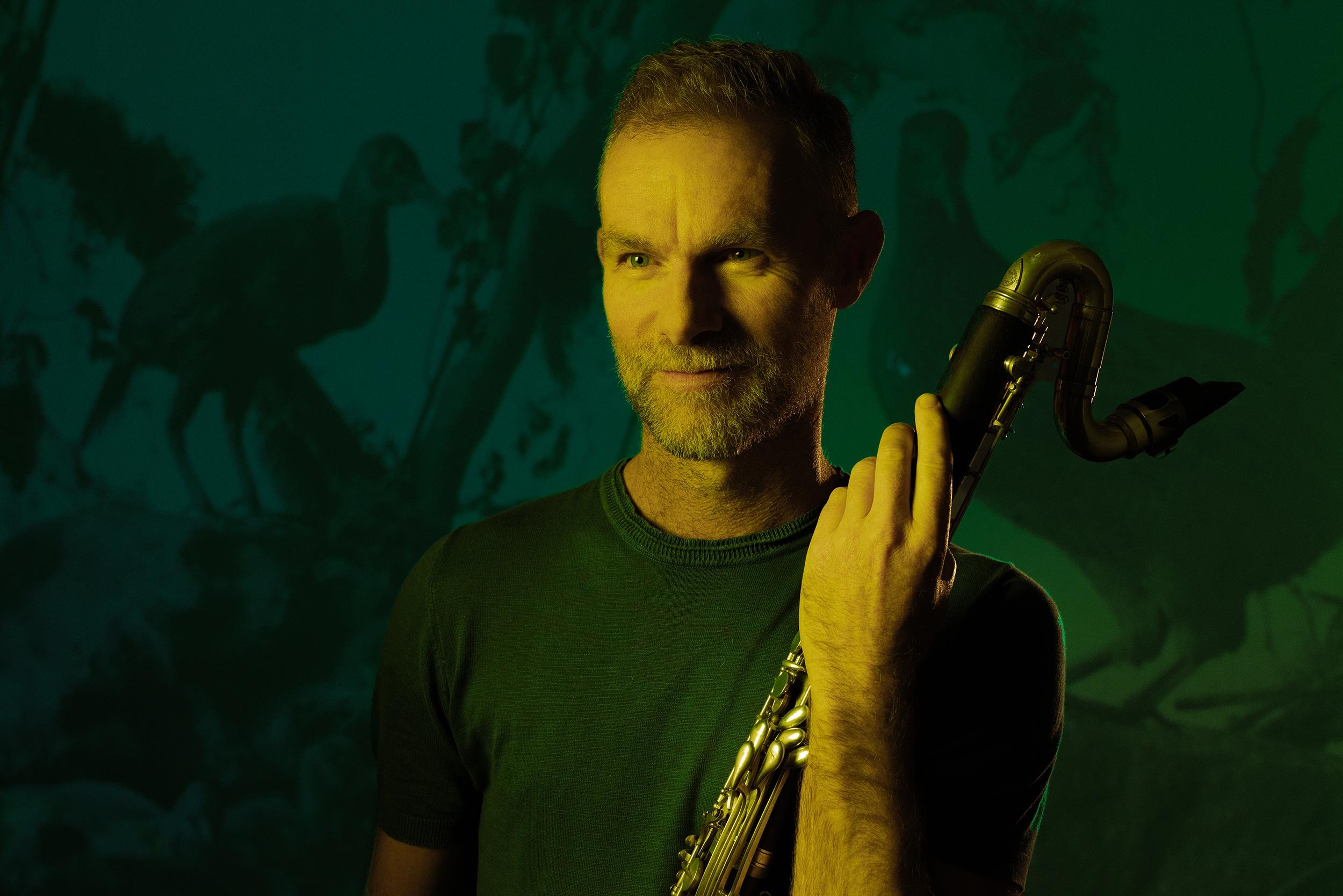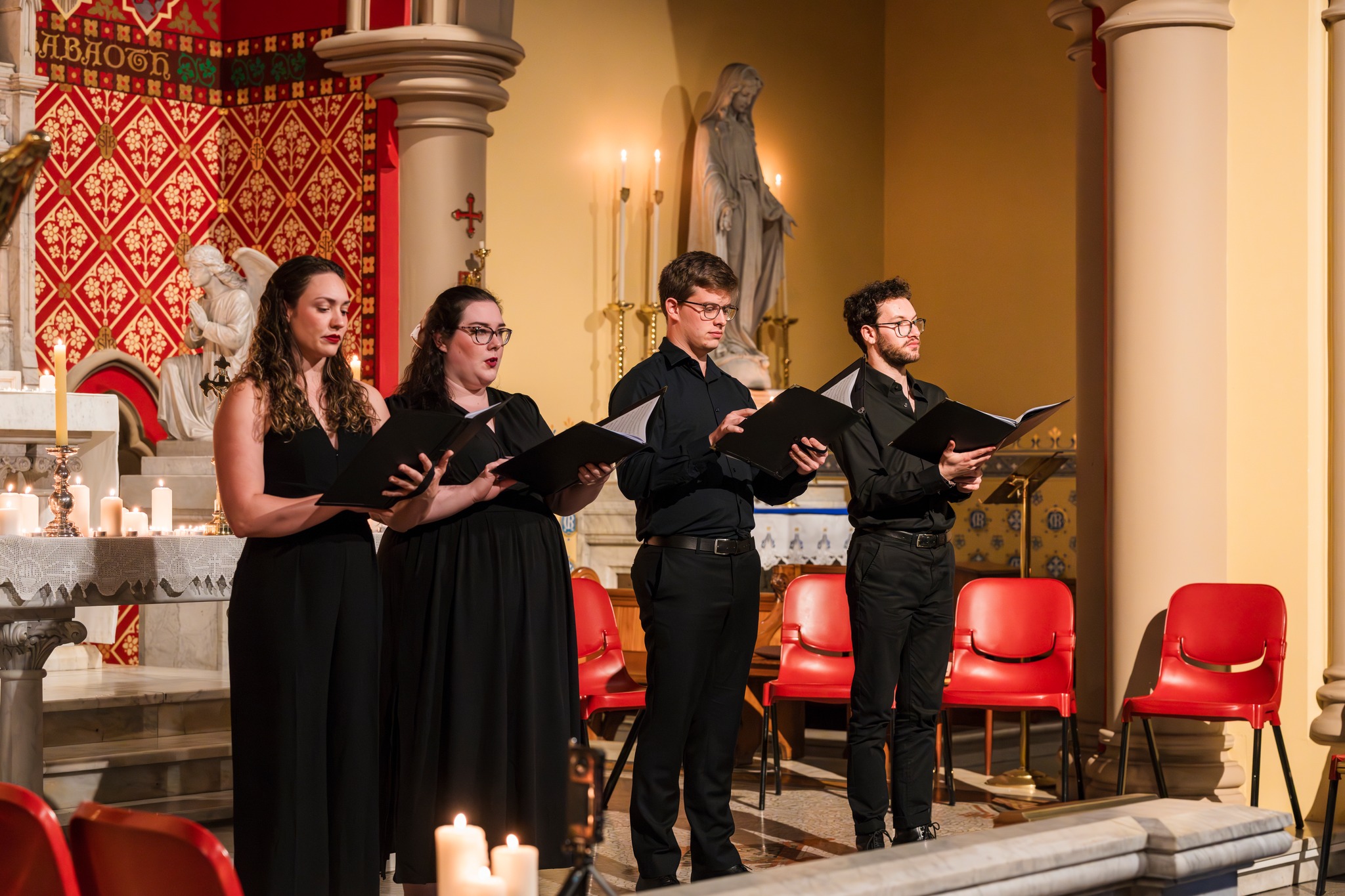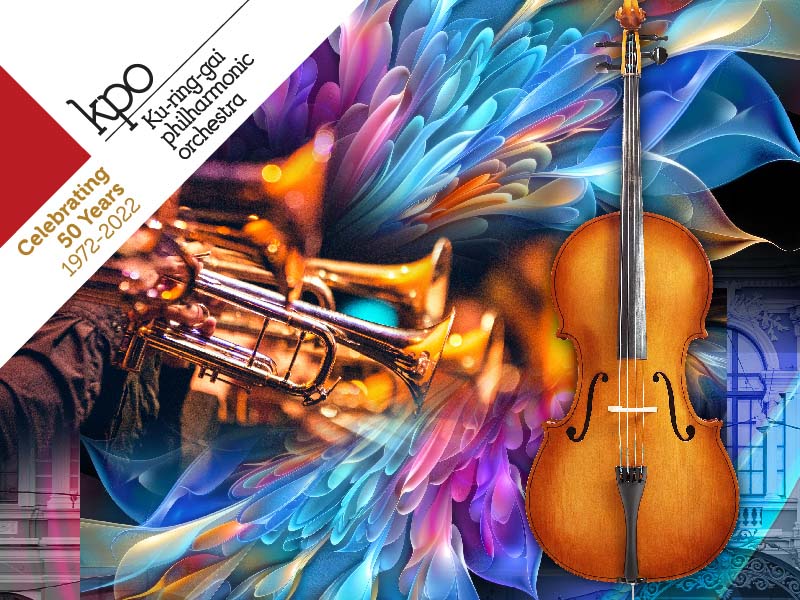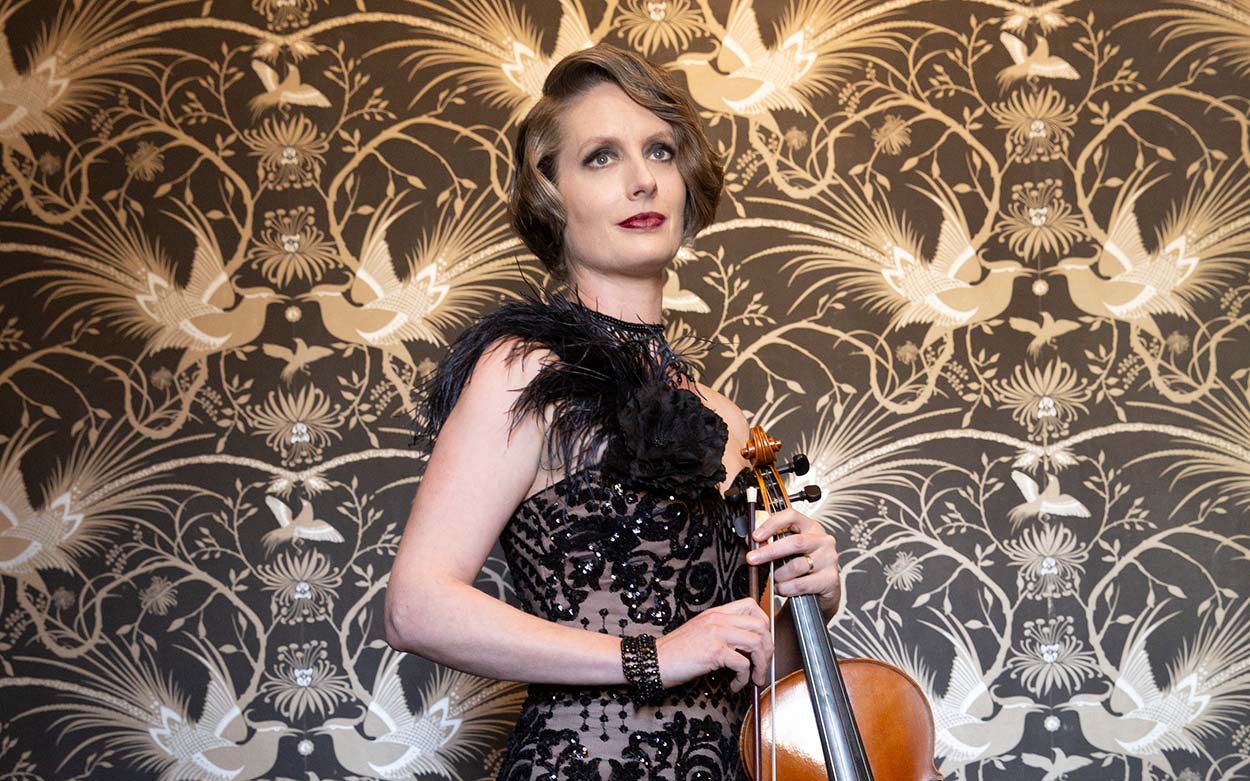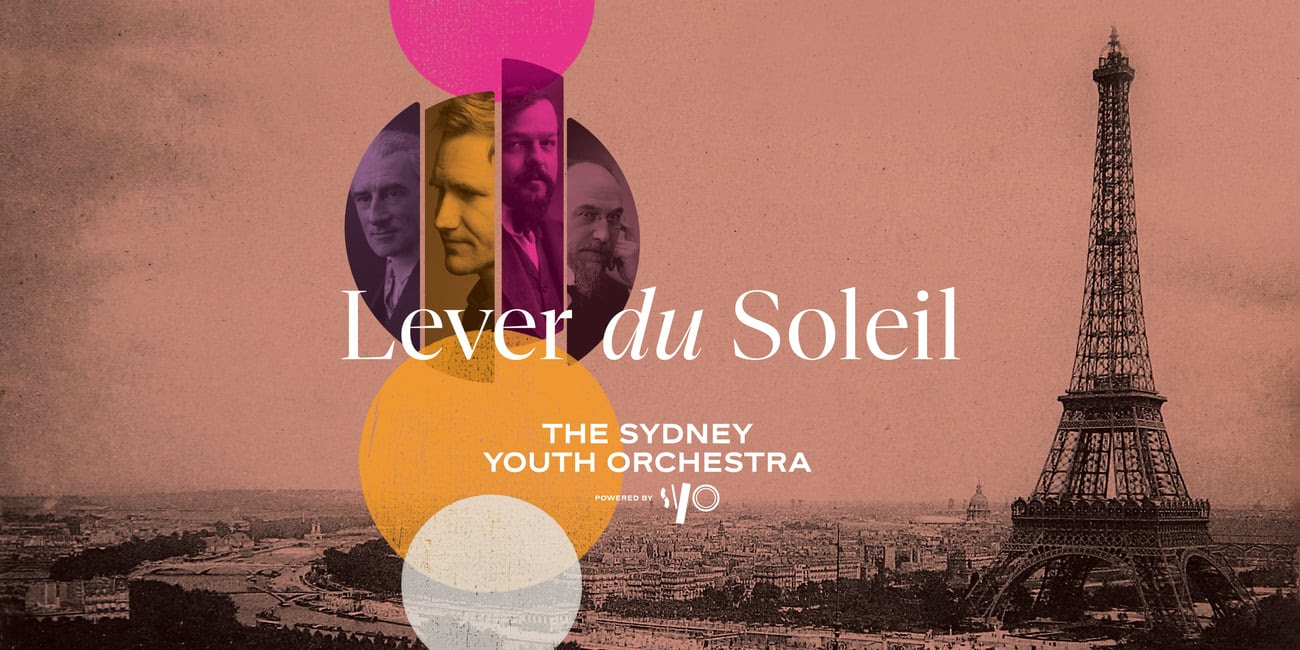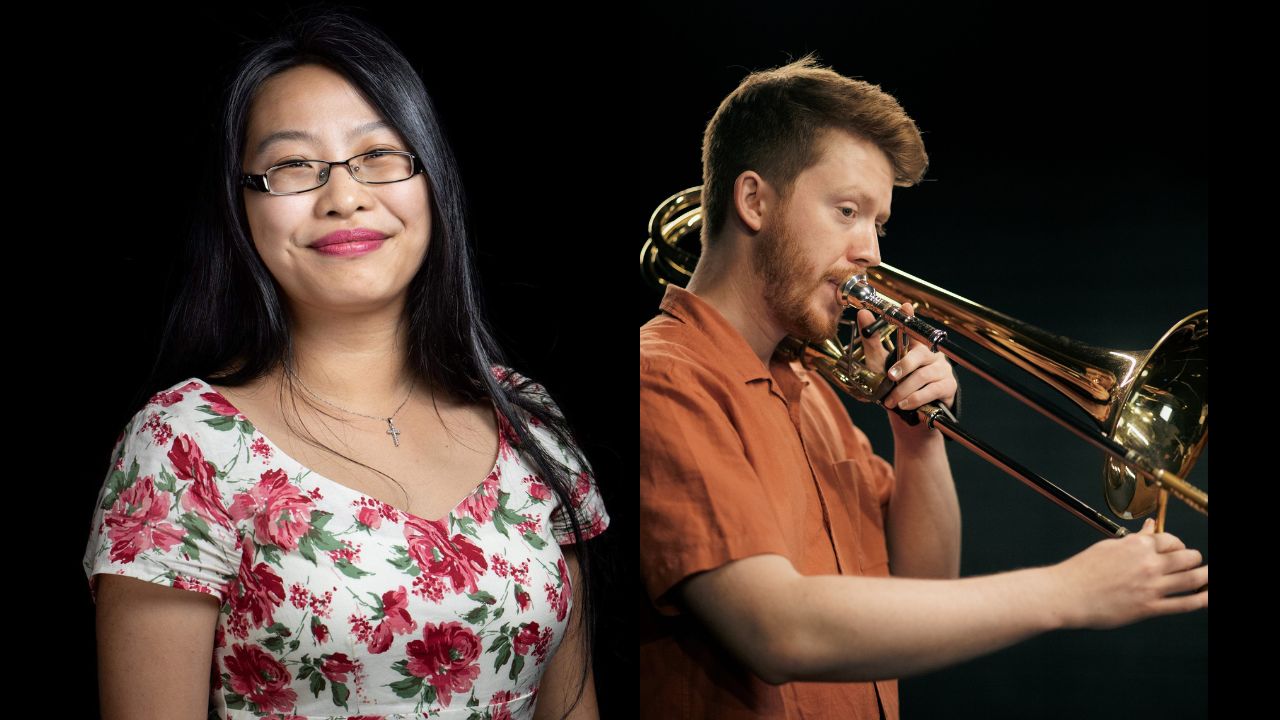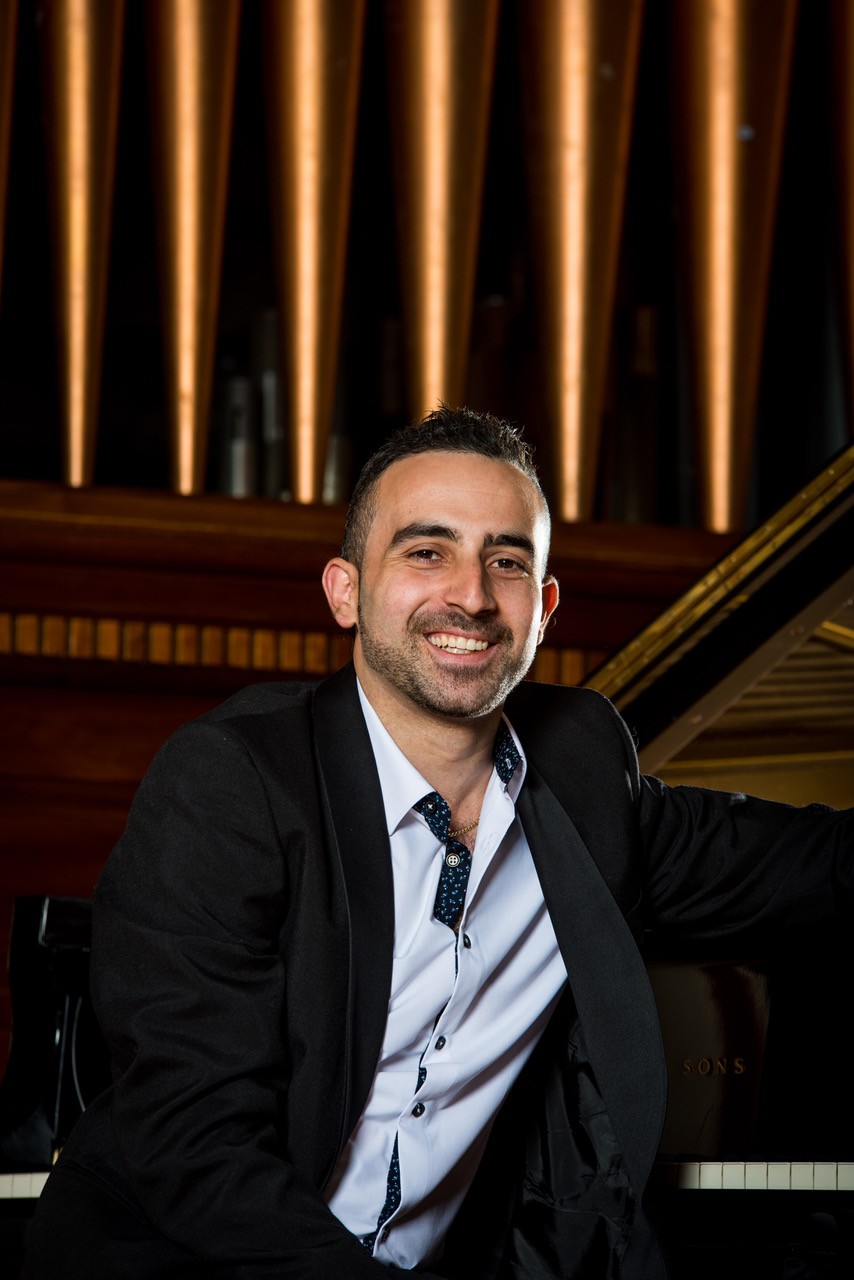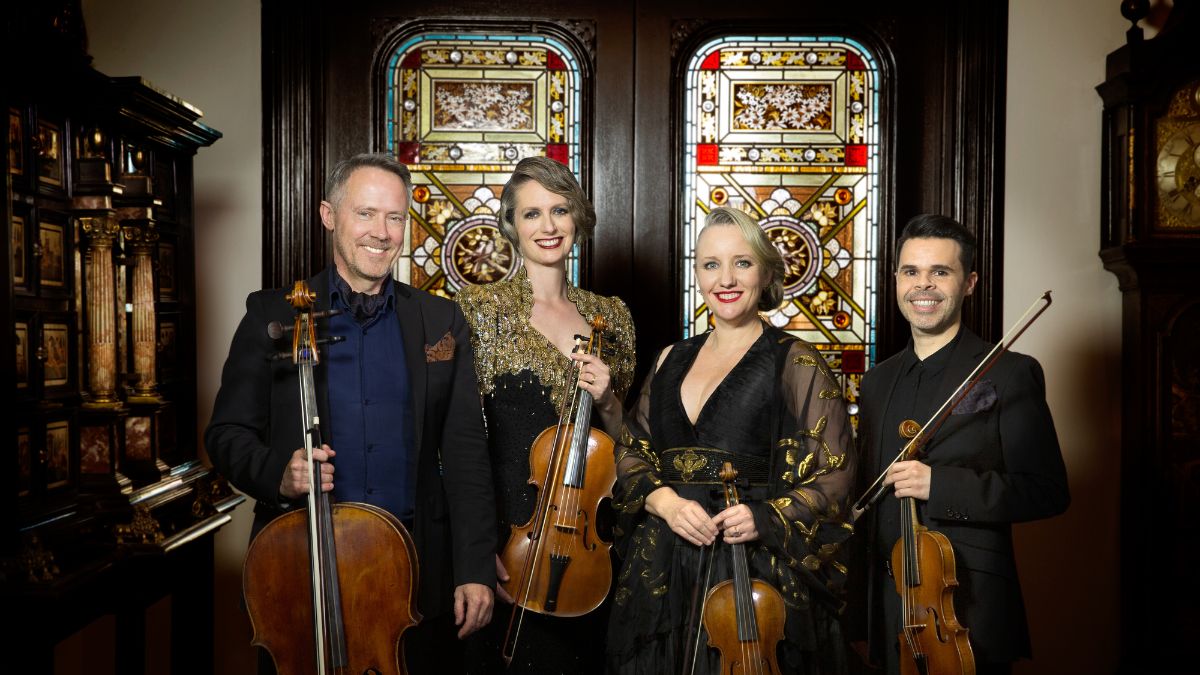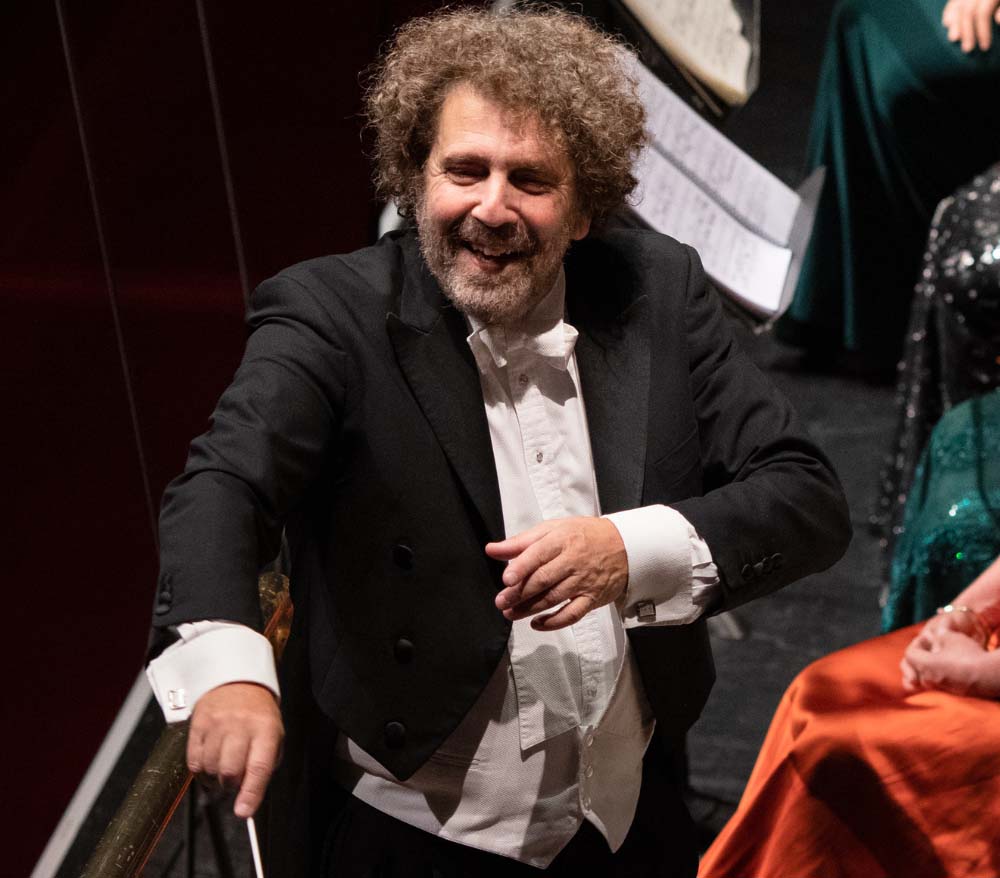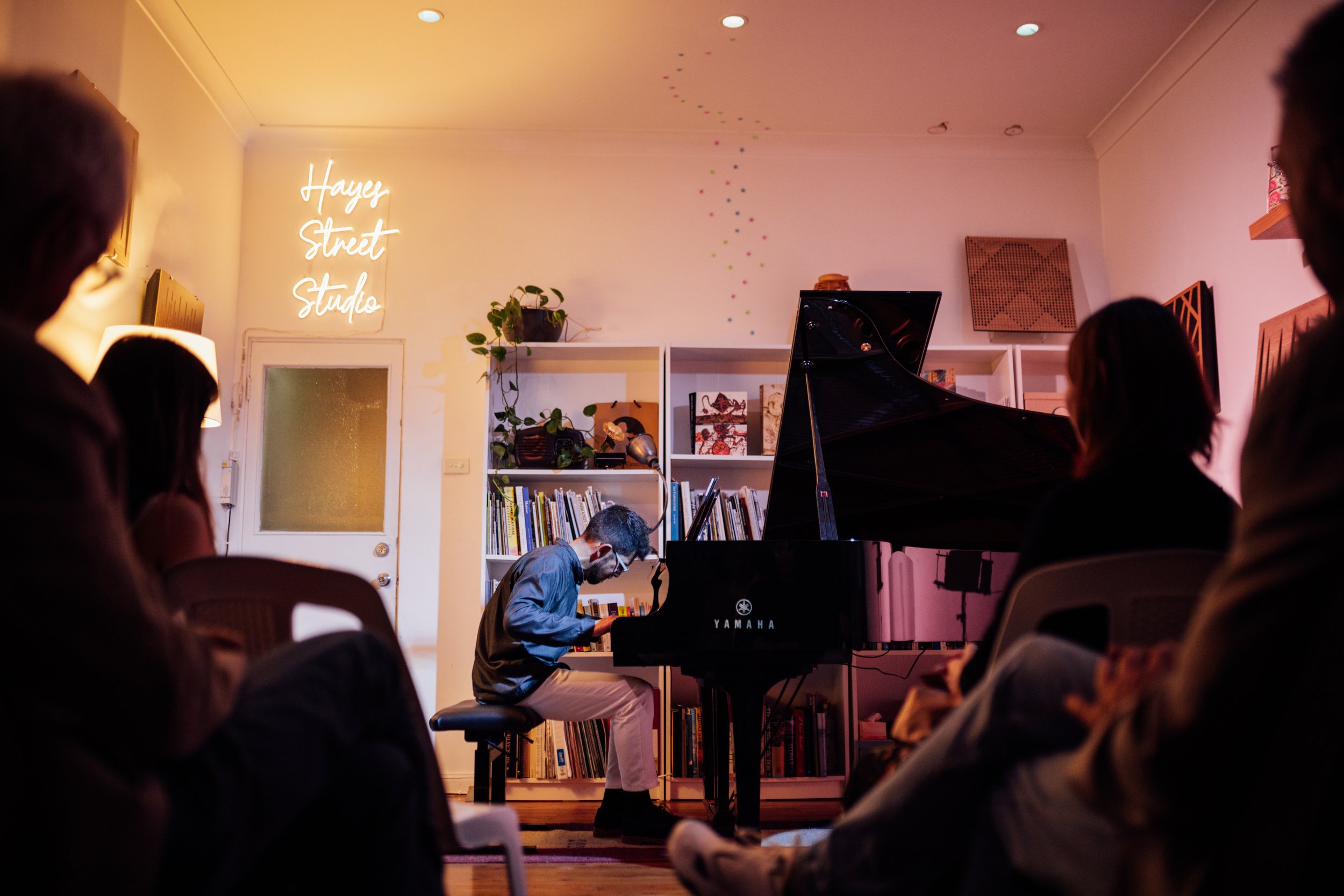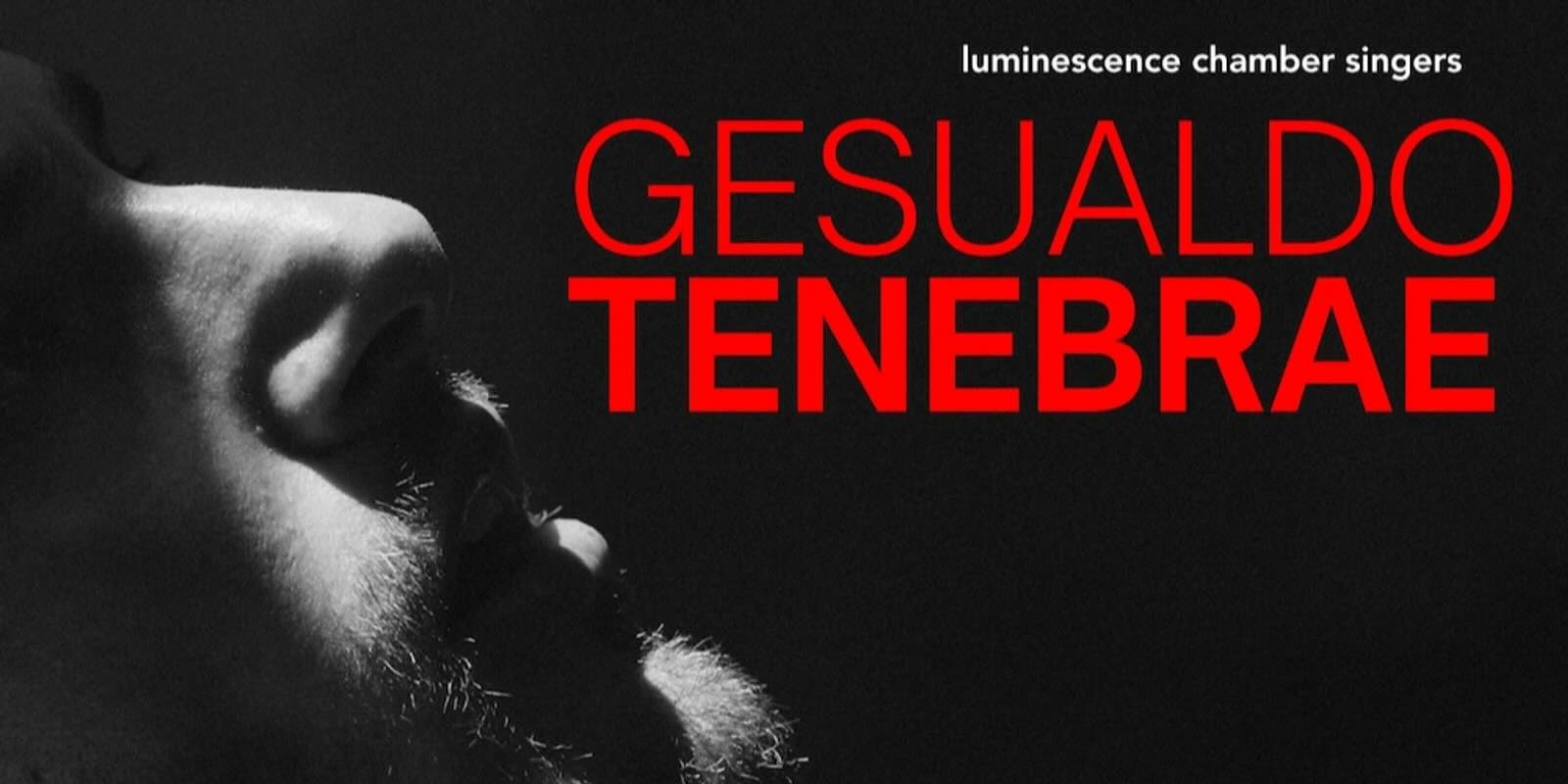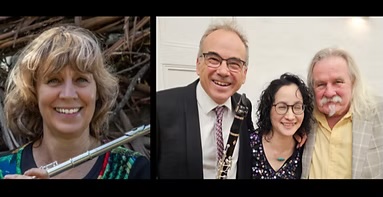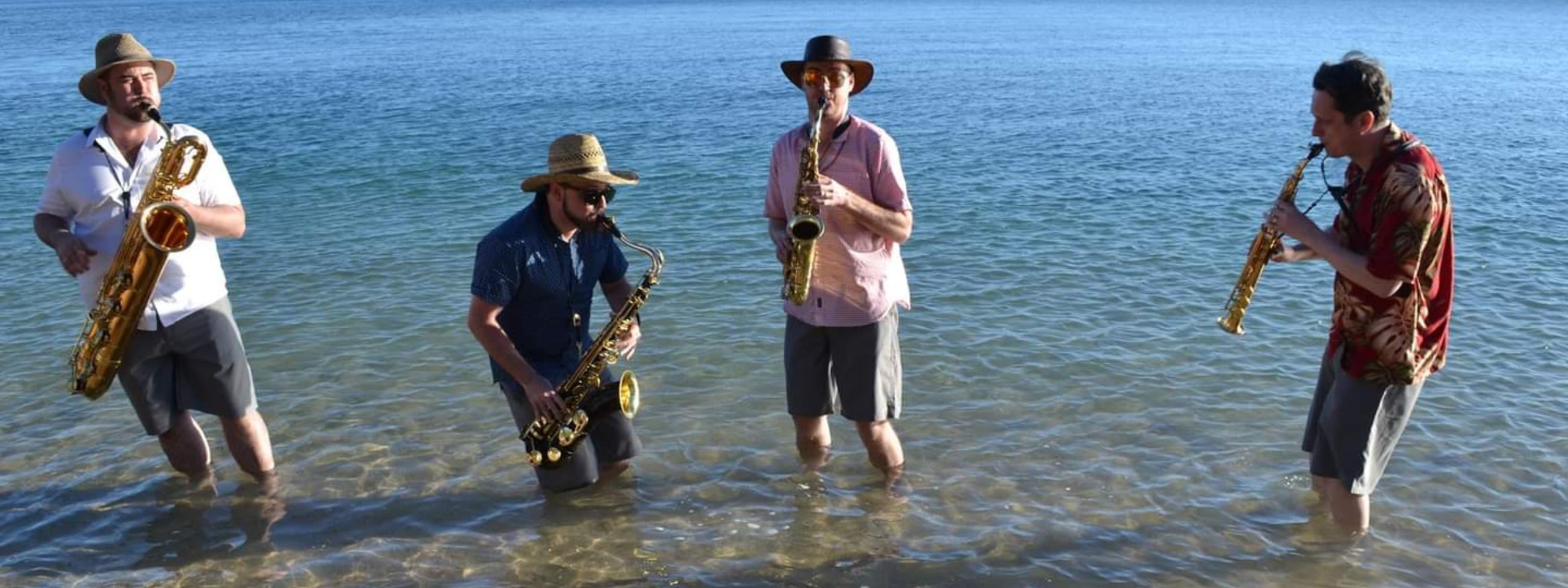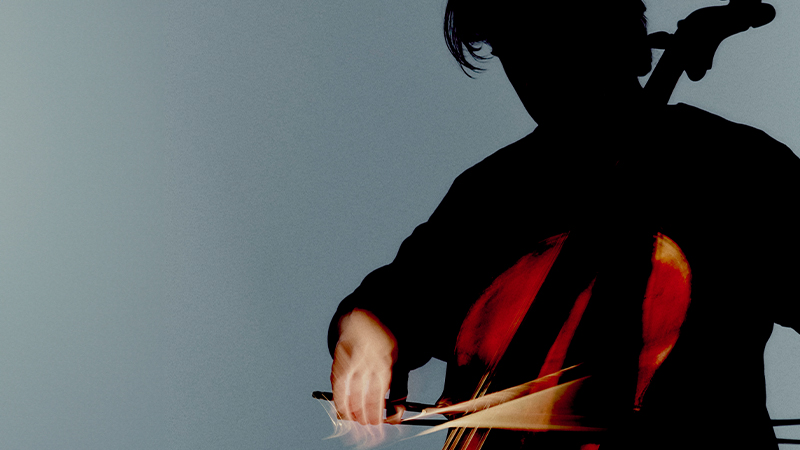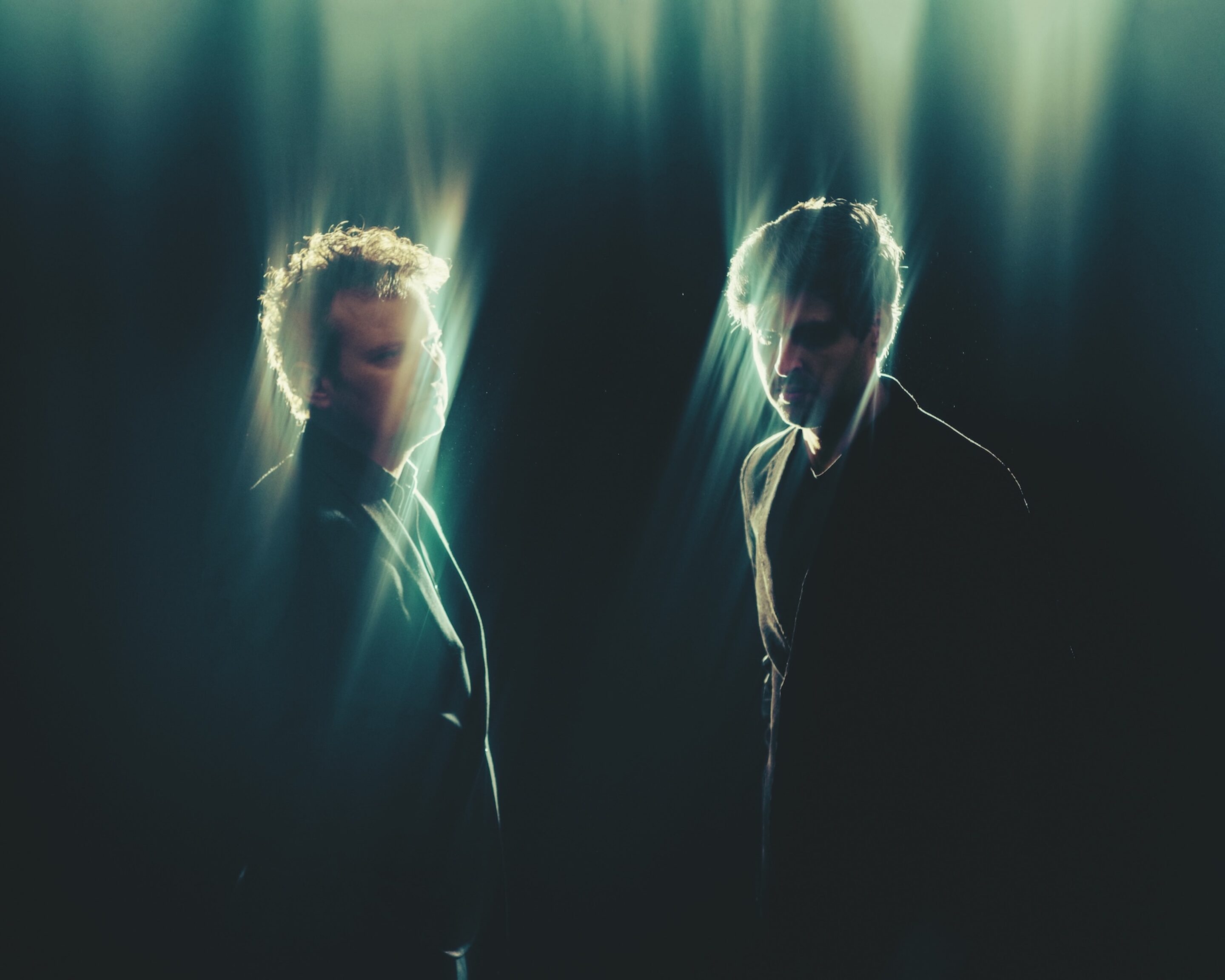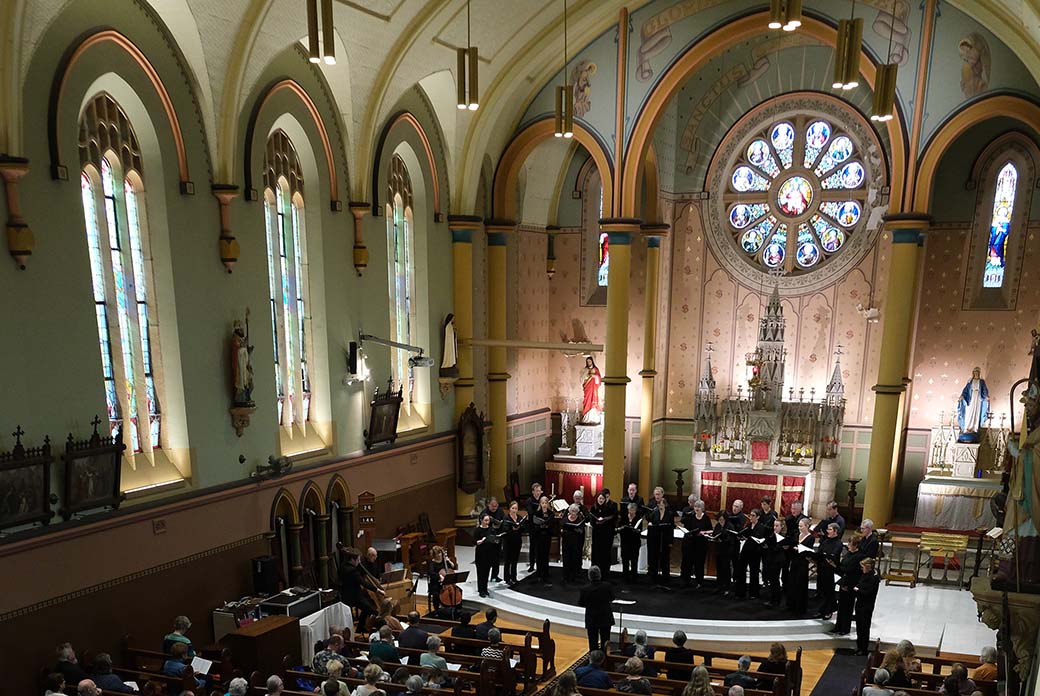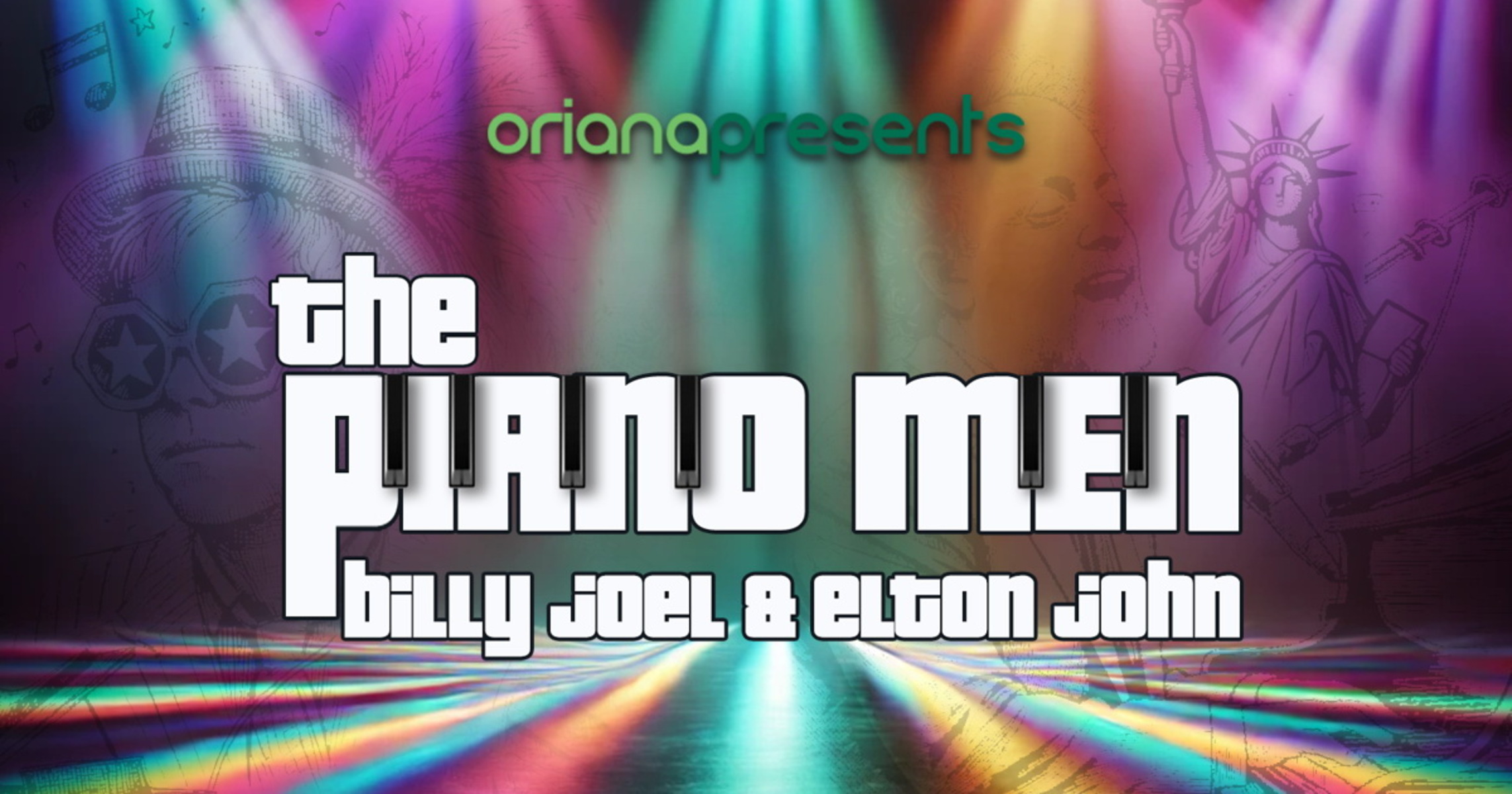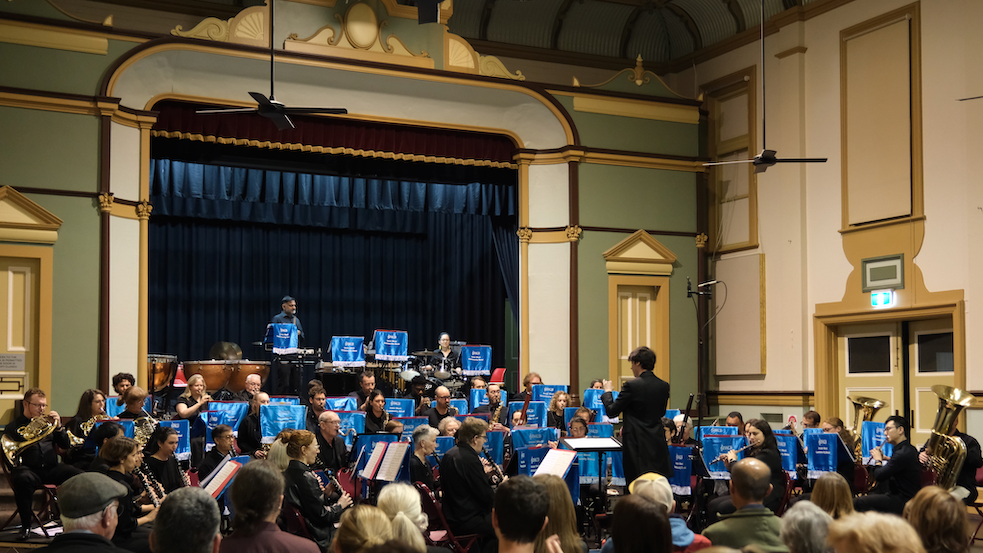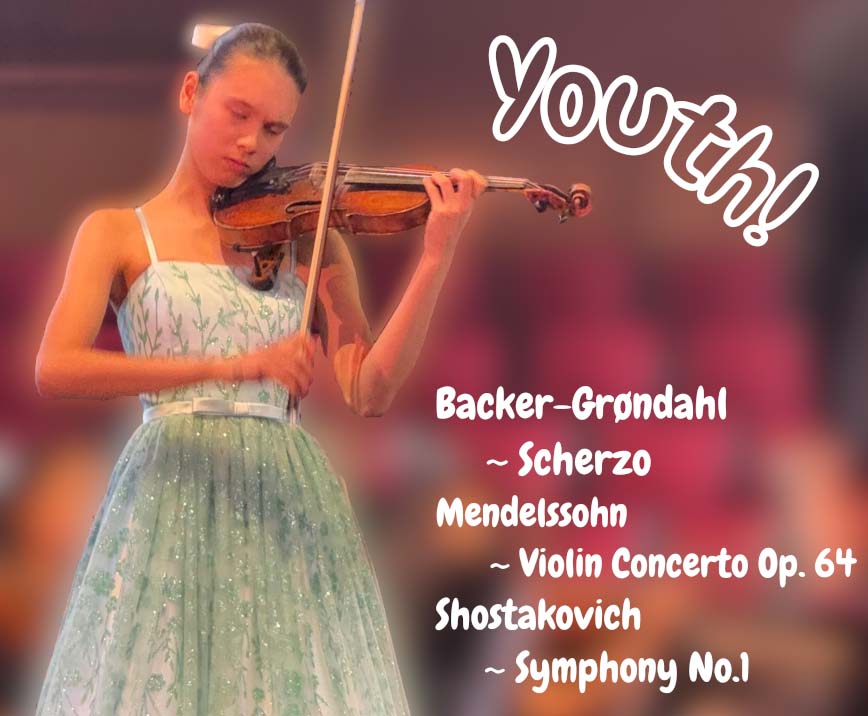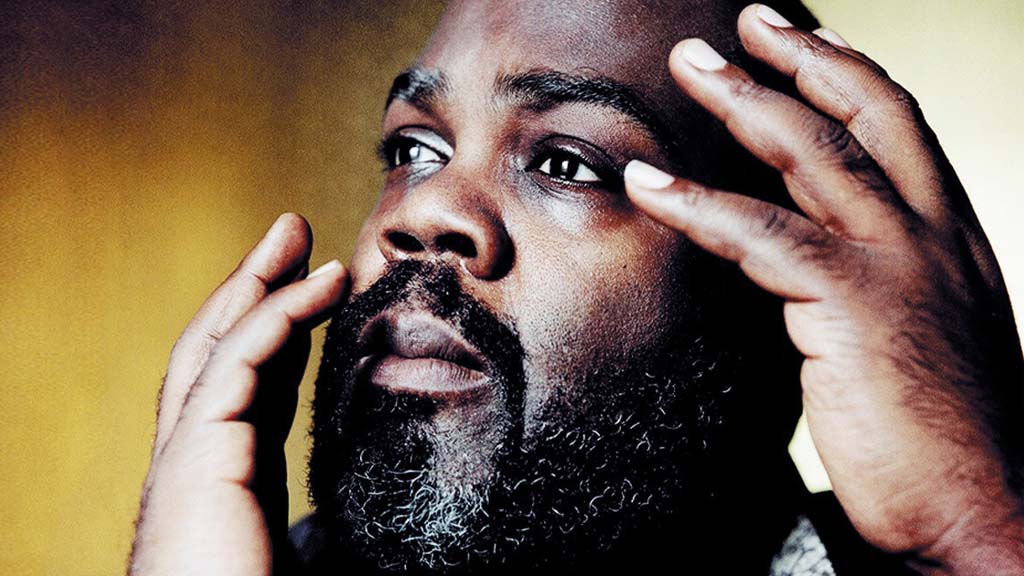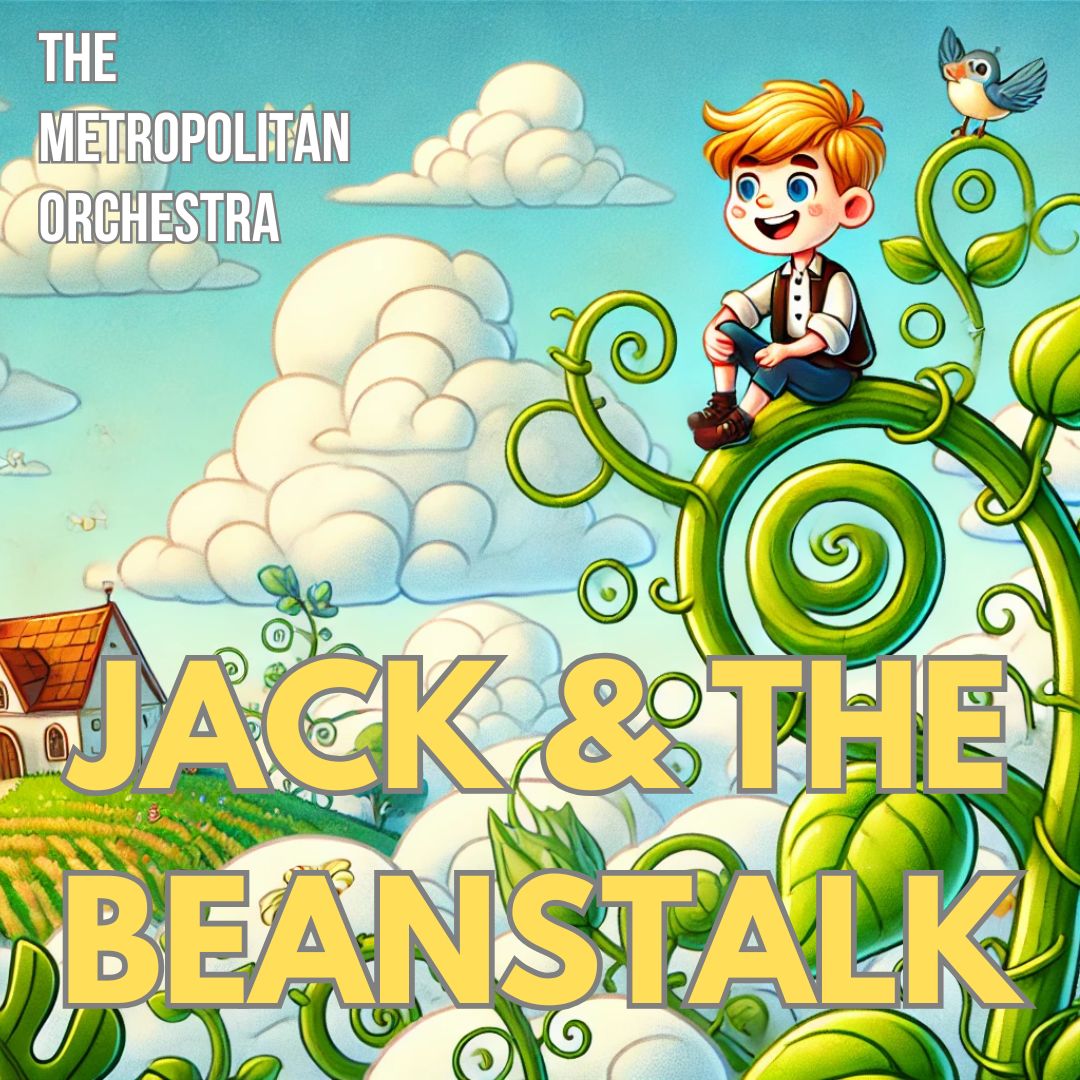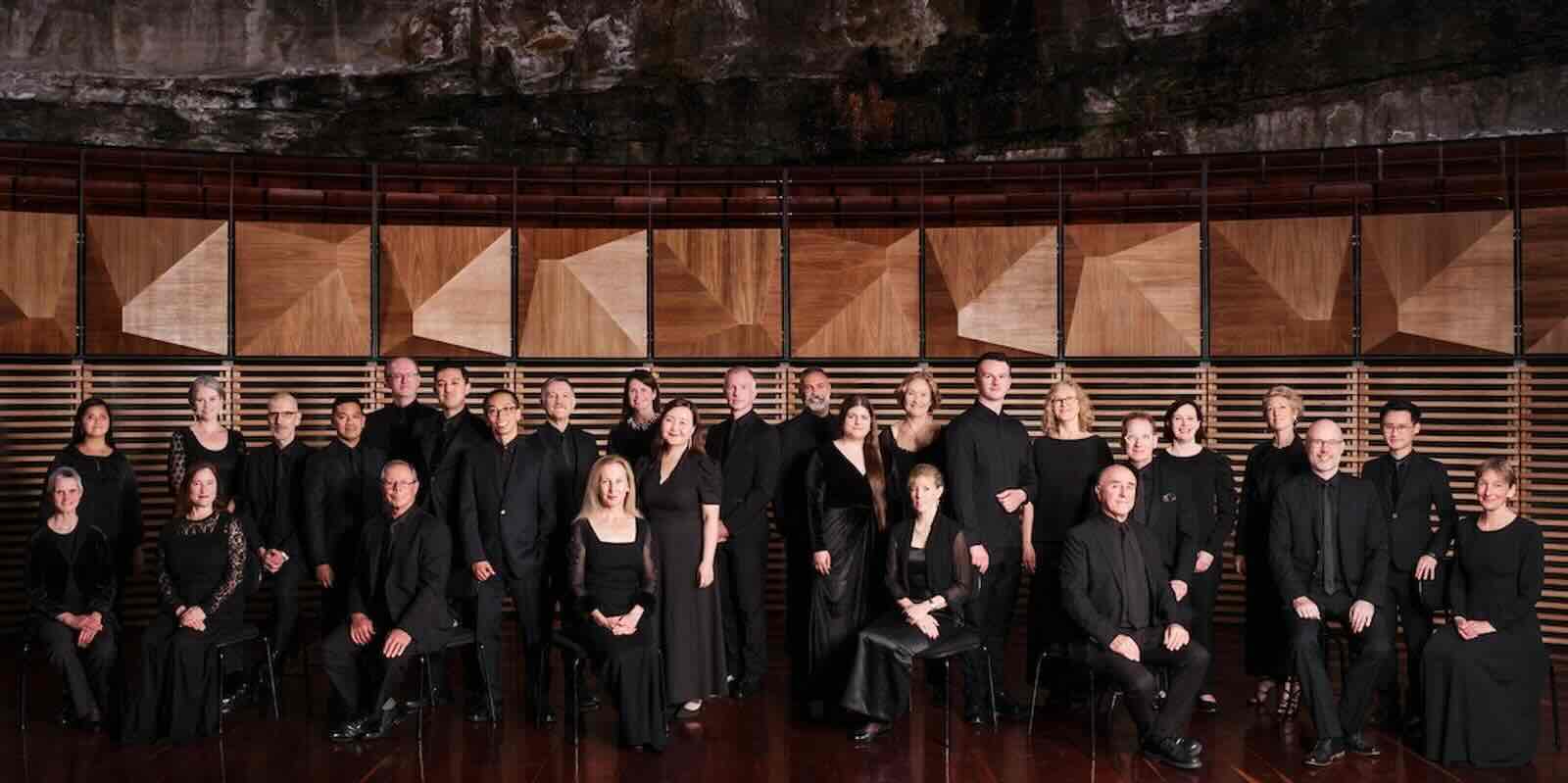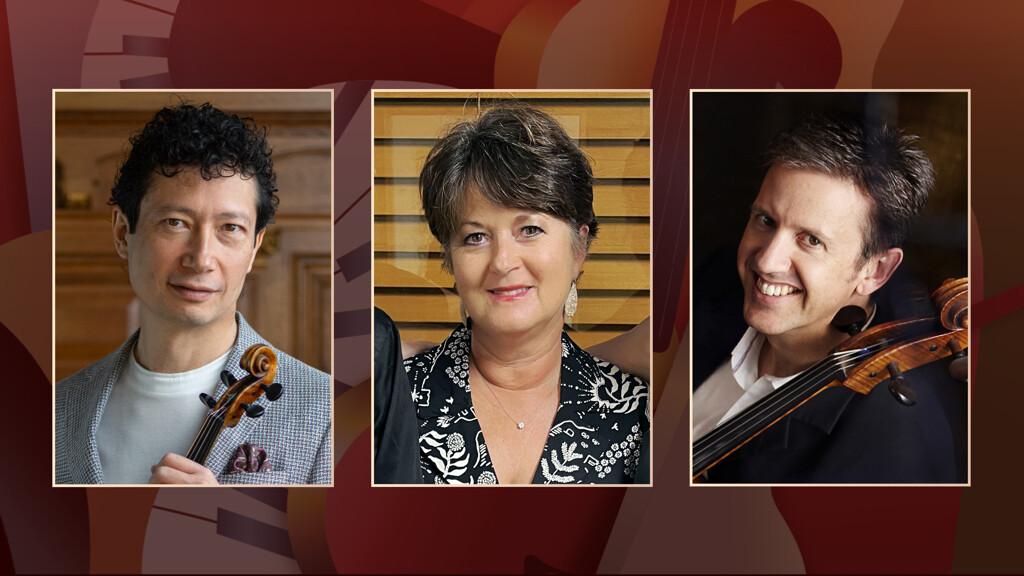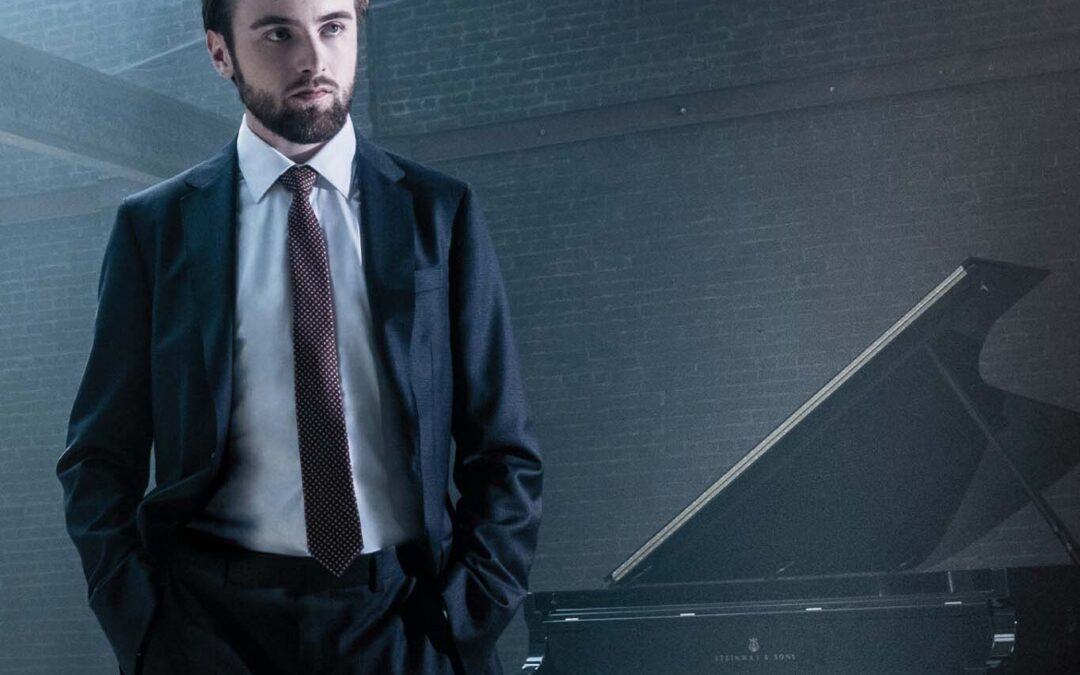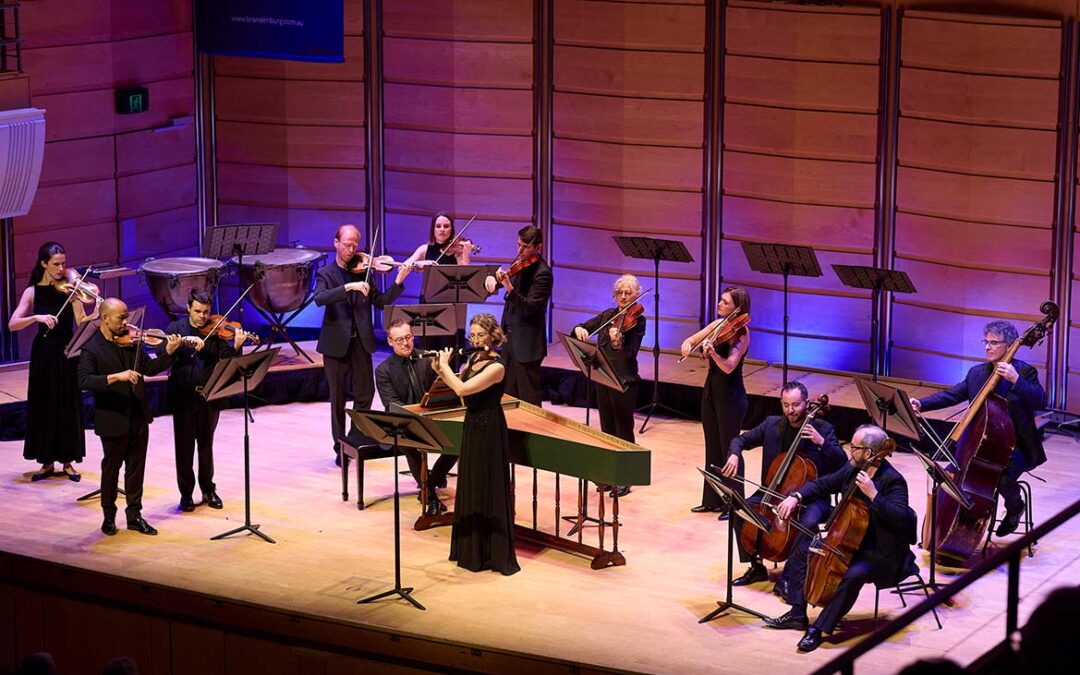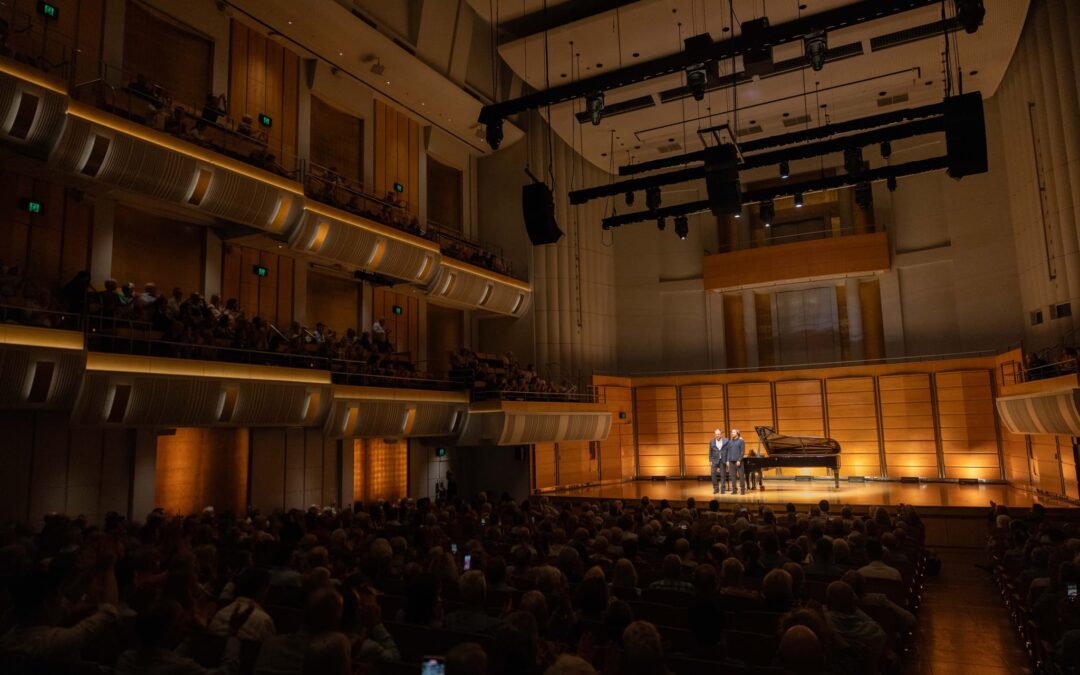Ensemble Offspring | Listen up!
Sunday September 11, 6pm | Cell Block Theatre
Unfamiliarity is my friend. Most of us were brought up on music of a classical nature where rhyme and metrics lend themselves to a more immediate understanding. Listen up: it’s quite OK to be pitched out of one’s comfort zone.
Sunday night’s program at the Cell Block Theatre of the National Art School in Darlinghurst would have been familiar to some, though I suspect a larger body of the audience would have been hearing something new. Not only hearing, but an experience that grabbed you by the eyes. And that’s a good thing, because it made me think, look, and appreciate the wider frame, the most immediate being the venue – a re-purposed three-storey prison block, stripped of its wooden floors, sandstone cell walls long gone, hacked (literally) and left as jagged-edged reminders of unhappiness, solitude, as well as joy and gratitude. All of this and more – just like tonight’s music.
Part 1, Whirling and Turning, was a challenge I came to appreciate and enjoy, as did the audience of about 150 people sitting around bar room tables or those hanging out at the front in rows of chairs. In thrall they were to Ensemble Offspring’s line up of superb instrumentalists who not only managed, but surpassed themselves, in presenting these exceedingly complex compositions. Bravo to you all. And for the audience, a mixed bunch of ageing hipsters, inner-city dudes and 30-somethings from the art and music scene. Bravo to you for such spontaneous, heartfelt applause.
Ensemble Offspring, under the artistic direction of the a-m-a-z-i-n-g percussionist, Claire Edwardes OAM, is Australia’s leading new music group. A blast of fresh air.
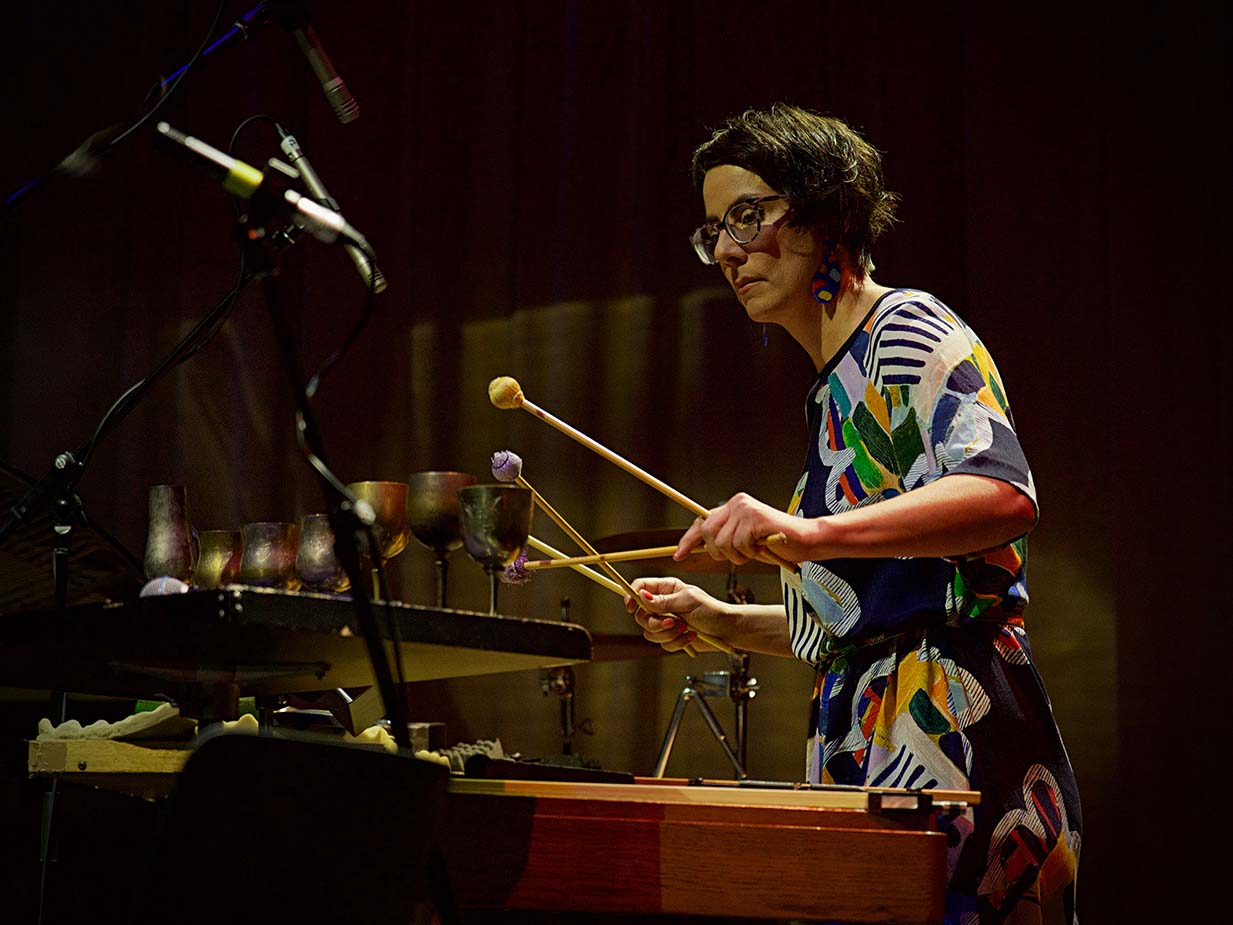
Let’s take a short walk through the program…
Tristan Coelho’s, ‘Read/write error’ put me in mind of those angst-ridden moments when you know things have gone pear-shaped in computer land. Surely, there must be some connection between the naming of a piece and the music itself? It’s very much up to the listener to make of it what they will, but I found this first offering compulsive listening, the cellist beating on the strings in time to this curious, yet structured cacophony. Massively percussive. Hugely asymptotic. Perturbative. Always rhythmical in ways that had me engaging with each of the instrumentalists in turn. And then, from all of this discordancy, the music settles back into quietude – as if the read/write error is resolved and resolving. There was mystery in that poetic ‘Howl’, the cello-led lamentation with others following into a mellow resolution. Play as people possessed, play in time, and play to the musical score which was monumental in its complexity.
Next up was ‘Dervish’ by Errolyn Wallen, differently mysterious, this time a conversation between cello and piano which captured something of the strange beauty of the tradition of the whirling dervish, an old favourite of mine. I’ve never seen a piano plucked pizzicato-style, the pianist crouched over this assemblage of taut wires, ivory and sound box, like a tiger ready to pounce. Amazing, but then a fabulous silence mid-way through the piece followed by the developing theme finally brought all to halt, vanishing abruptly into silence.
‘Bricks and mortar’ by Karlo Margetić, a New Zealand composer, received its world premiere in a long piece that obliged me to muse on its title. Straight lines, clay and shale, of the earth, yet bricks (strangely) like to turn corners. The artful architect working in tandem with the master bricklayer creates a thing of beauty when walls resolve into curves and waves. So it was for me with Margetić’s piece where clarinet, violin note-bending, together with with Edwardes’ ex-student, Gabe Fischer’s remarkable display of percussive power, put me in mind of Japan.
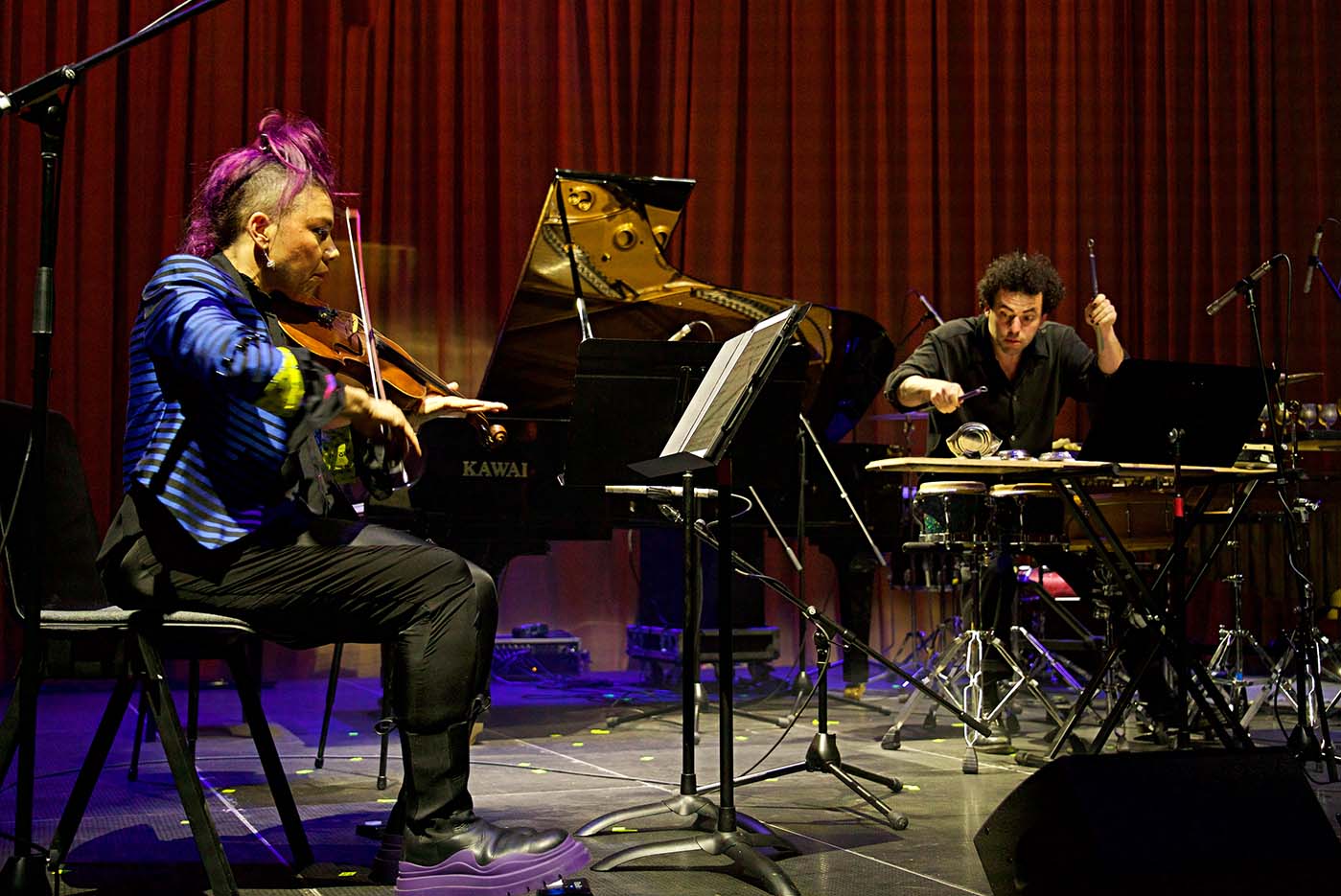
Meanwhile, the melodic, ‘Wound’ (as in winding something up) by Kate Neal, another world premiere, struck more than a chord (pardon the pun), bringing to mind the unmistakable tick-tock of a grandfather clock. Whimsy, syncopation, yet more ideas with a delightfully abrupt ending that was captivating. How on earth do these guys keep it all together? Reading music is par for the course, but to make it all jump off the page so viscerally is a marvel.
Then finally, ‘Zaka’ by Jennifer Higdon, the title of the work meaning “To do the following almost simultaneously and with great speed: zap, sock, race, turn, drop, sprint.” For this piece the full ensemble took the stage in a helter-skelter ride driven at furious pace. Exciting, indeed. Louder? Yes please. What really works for me – and most probably everyone else in the audience – is the sheer spectacle of it all. Interspersed between moment of gentleness, at times the score took us into the pastoral. Back to our pizzicato fellow and a roaring crescendo to this immensely athletic piece with the whole ensemble fast-paced and furious.
Superb. Regrettably, I was unable to be present for the choral piece by indigenous singers in Part 2. More’s the pity.
Photo credit: Jared Underwood

